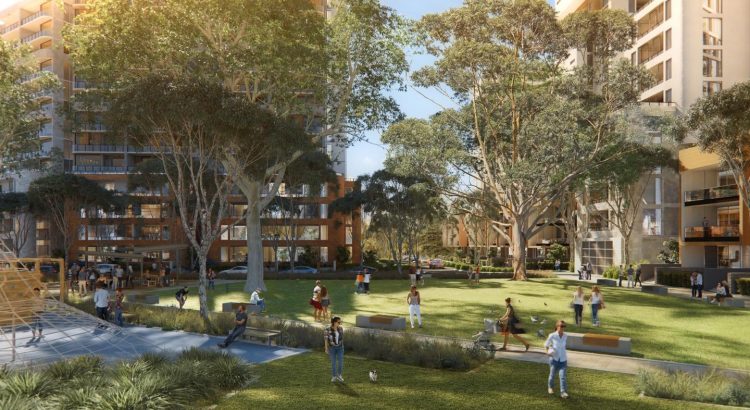The Explanation of Intended Effect for the proposed Design and Place SEPP signals major change to the assessment requirements for all development in NSW. Will the proposed SEPP achieve this objective, or will it add another layer to an already complex planning system?
The NSW Department of Planning, Industry and Environment has announced a major policy overhaul that promises to reduce prescriptive measures and encourage innovation by establishing central principles for design and place. The detailed drafting of the proposed SEPP is not yet available, however the Explanation of Intended Effect (EIE) indicates the SEPP will introduce a suite of new and revised design controls that must be considered at both the rezoning and DA assessment phase, and will apply to three scales of development (precinct development, significant development and all other development).
The Design and Place SEPP will:
- Establish matters for consideration and application requirements that respond to its principles based on the scale of the development (precincts, significant and all other development).
- Introduce consistent requirements for design skills, design evaluation and review, and design excellence through the Design Review Guide (DRG)
- Integrate a design-led, place-based approach, which includes embedding the draft Connecting with Country Framework.
- Repeal and replace SEPP 65 and the BASIX SEPP, and includes a revised version of the Apartment Design Guide (ADG) and Building Sustainability Index (BASIX).
- Introduce a new Urban Design Guide (UDG).
The Design and Place SEPP will establish principles for the design and assessment of places in urban and regional NSW:


What does it mean for BASIX?
The Design and Place SEPP aims to continue to drive energy and water efficiency, and sustainability commitments for housing in NSW. As part of this, a review of the regulatory impact and cost–benefit analysis is currently underway and the intention is for the exhibited SEPP to include updated sustainability targets.
What does it mean for design processes and what is in the new Design Review Guide?
The proposed Design and Place SEPP will:
- Require that developments that are three or more storeys, with open space over 1000 m2, and precincts and significant development, are designed by suitably qualified design professionals.
- The designer to demonstrate how the place and site analysis is synthesised and interpreted to inform the site planning strategy, overall design response, and contribution to place through considering the country and addressing the identified principles.
- Introduce thresholds for design review based on criteria such as project locations, project types, capital investment value, development height, and site area.
The new Design Review Guide (DRG) which will accompany the SEPP seeks to address key areas of industry concern regarding design review across the State. Namely, the DRG will provide new guidance to establish consistent terms of reference and robust requirements for design review panels and design quality evaluation.
The period for making submissions closes on 28 April 2021 (extended from 31 March 2021). The draft SEPP is intended to have a very wide reach. Please contact us for more information, or if you would like assistance with preparing a submission.
Key Takeaways
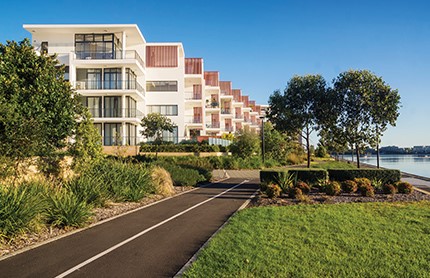
The EIE (Explanation of Intended Effect) is presently on public exhibition and, in response to calls from industry for more time to respond, the Department has extended the time for making submissions to 28 April 2021. Later this year we expect the Department to exhibit the draft SEPP instrument, together with the design guides. The SEPP is targeted to commence at the end of 2021.
Design and place considerations
Similar to the operation of SEPP 65, requirements to refer applications to design review panels and consider their advice, minimum design skills, and the use of certain guides will be set out in the Design and Place SEPP and associated instruments. The highest priority matters for consideration identified to give effect to the principles are set out in Table 1 below and will be refined during development of the Design and Place SEPP. Wording of the considerations set out in Table 1 is subject to change during the SEPP drafting process.
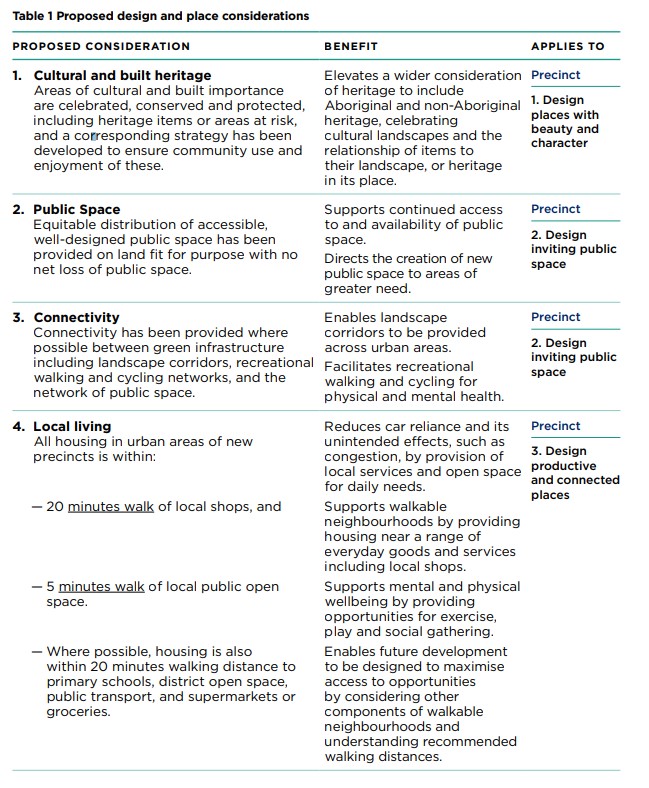
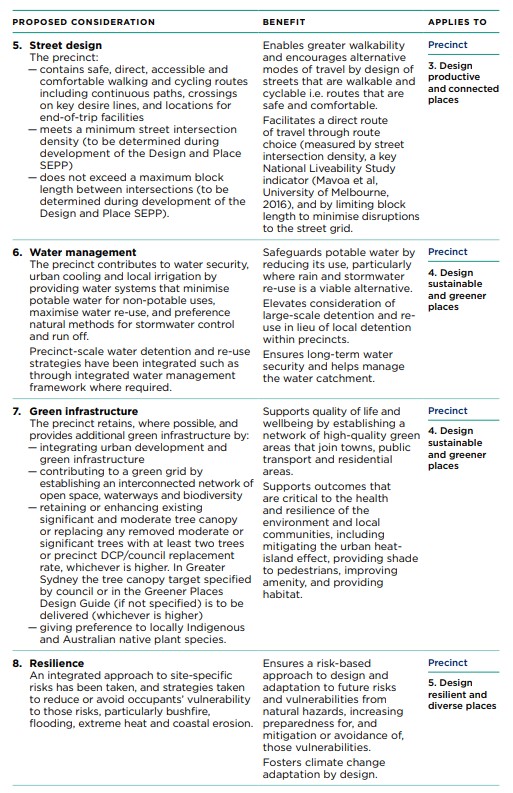
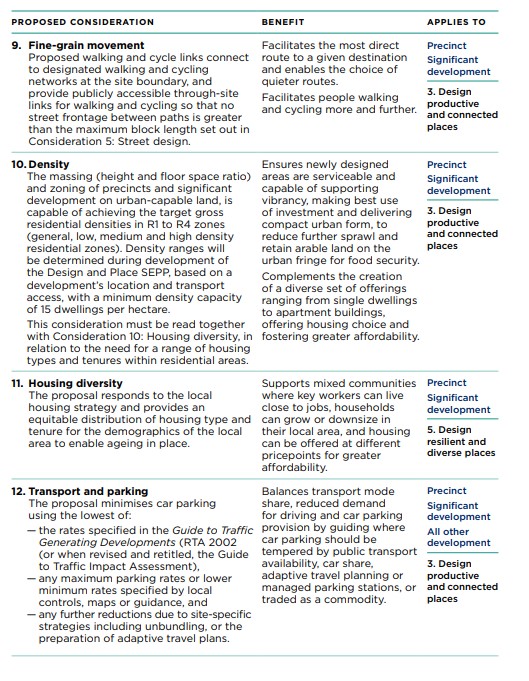



Efficient Living Commercial Services
Efficient Living has one of the largest teams of Sustainability Consultants and provide a range of commercial consulting services including Section J, JV3, NABERS, DA Reports & Onsite Compliance.
With over 20 years experience and leading industry expertise, we deliver better outcomes for our clients with more efficient and cost effective solutions.

